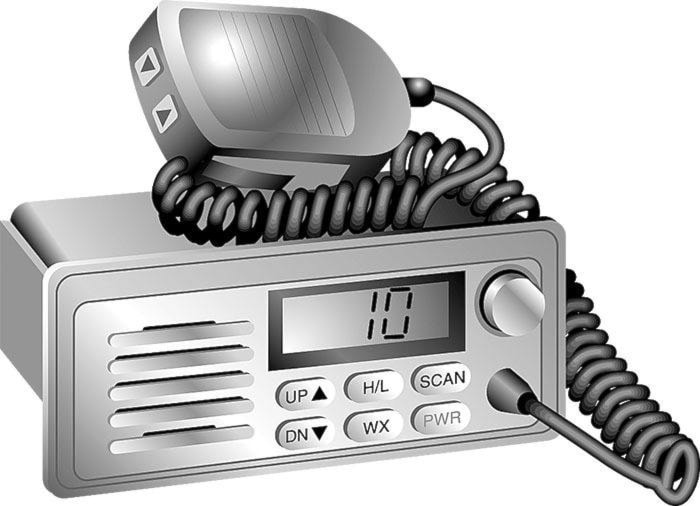Ham radio is still the dependable back up when disaster strikes.
911 calls from cellphones now make up about 70 per cent of emergency calls, sometimes because cells are the only phones available, as at vehicle accidents, but also because a growing number of people have abandoned landlines and rely solely on their cellphones.
Even in well-served areas this can have drawbacks in emergencies.
Landlines identify the address the person is calling from, important if the person in distress is incapacitated or distraught, but cellphones can only give the location within a few hundred metres.
Both landlines and cellphone systems can be overloaded in major emergencies even though 911 calls have priority. In a power outage, landlines can keep operating for a few day on backup power, much longer than cell systems. Cell phones may be charged by your car but the cell towers have limited battery backup.
It is advisable to text emergency messages if voice cannot get through, since texting does not depend on a recipient to answer in real time. Emergency Services are looking more and more at social media, Twitter etc. to alert the public quickly in major incidents.
So, what is the ultimate backup for when the big earthquake strikes? Well, the old standby, Amateur (ham) Radio, is receiving a lot of attention from emergency response agencies from Search & Rescue to health authorities.
Over the years, ham operators have built up a chain of repeaters so that with a cheap handheld VHF ham radio you can communicate with hams up and down Vancouver Island from Port Hardy to Victoria and west to Tofino, including areas on the highway where there is no cell coverage.
A VHF handheld can connect to the Internet so your message goes to other cities or countries where it is re-transmitted to hams there. Connections to the phone system are available at some locations.
High Frequency (HF), which includes the bands used for traditional long distance ham contacts, can be linked with a computer for Packet Radio. Offshore sailors use this digital mode to get e-mails and weather charts. There is a daily BC Public Service network on HF and weekly emergency nets on VHF and HF, open to all interested hams.
The Strathcona Emergency Program, in which Campbell River is a partner, is keen to have more volunteers qualified as ham operators. Morse code is no longer required.
The Campbell River Amateur Radio Society will run an Amateur Radio Course to prepare for the basic exam starting 29 Sept. in Willow Point for eight Monday evenings from 7-9 p.m. You need not intend to be a communications volunteer. The course cost is $50 each which includes a manual and a training DVD. There is no charge for the exam.
The instructor is Frank Wallace who may be contacted at 250-285-2297 or e-mail: wallace@pacificcoast.net if you have any questions.
